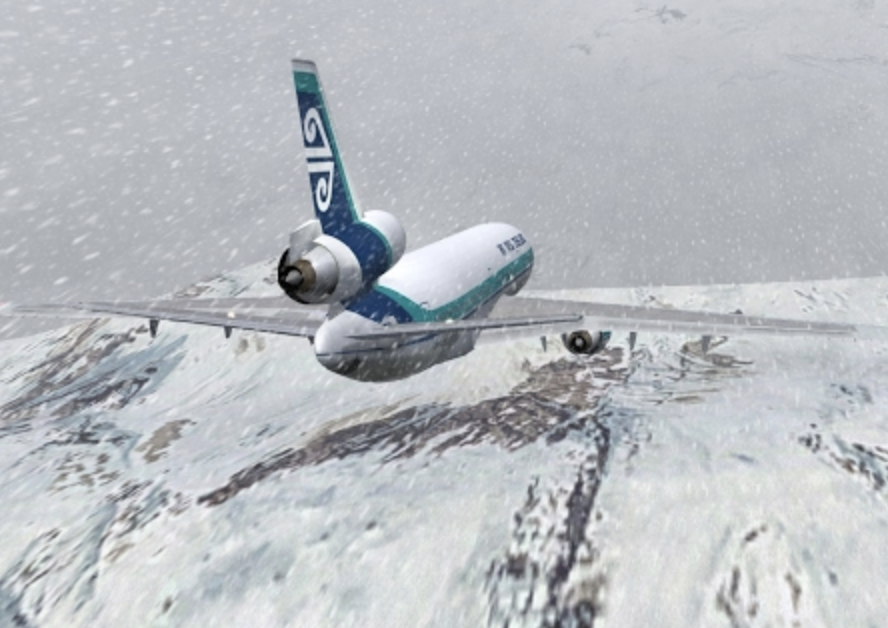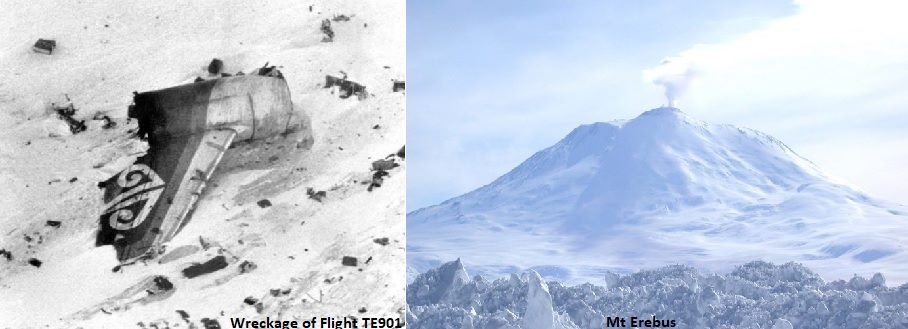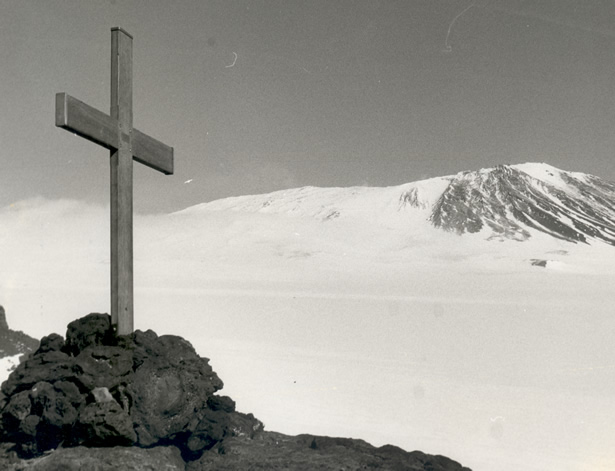
A tragic end to an Antarctic flight
Mt Erebus, in Antarctica, is the southernmost active volcano on Earth. It was first sighted and named by Captain Ross in 1841.
One hundred and thirty six years later, in 1977, scenic flights to Antarctica became a reality when Qantas and Air New Zealand began offering them to an enthusiastic public.
On the 28th November, 1979, Air New Zealand flight 901, utilising a McDonnell DouglasDC-10 aircraft, would begin an Antarctic, 11 hour round trip overflight of 5400 miles carrying 237 passengers and 20 crew.
In 1979 the tickets cost NZ$359 which was less than two weeks wages. Most of the passengers were New Zealanders as well as Japanese, Americans and other nationalities.
Somewhat prophetically, in 1979, specific concern was raised at an Antarctic Treaty meeting regarding Antarctic overflights. It was stressed that “commercial overflights of Antarctica are operating in a particularly hazardous environment,… where emergencies could arise which are beyond the capacity of permanent Antarctic expeditions to respond adequately.”
Unfortunately, due to a series of organisational errors and pilot misunderstanding of Antarctic conditions the aircraft, flight TE901, was flying in a direct line towards Mt Erebus, and not flying over the Ross Ice shelf as the pilots thought.
By the time the ground warning radar alerted the pilots, it was too late and the plane crashed into the lower slope of Mt Erebus at about 450 metres (1500 feet) and exploded, killing all 257 people on board.

When they lost radio contact, McMurdo Base sent up a number of aircraft to search for the plane. A US LC-130 Hercules sighted a black ‘smear’ on the slopes of Mt Erebus and made two passes. Due to weather conditions they could not land and asked for a helicopter to attend the crash site.
The American helicopter, reported debris and no apparent survivors but could not land due to surface conditions. It would ultimately become New Zealand’s worst air disaster.
The recovery operation, Operation Overdue, began on 29 November 1979 and finished 11 days later. Camping in tents 20 metres from the crash site, the teams of up to 25 people, did 12-hour rotating shifts in difficult conditions, recovering and identifying body parts. It left a deep, psychological impact on many of them.
Not all bodies could be recovered so the crash site is the final resting place for some of the passengers of flight TE901, and it is now classified as a tomb (Antarctic specially protected area no 156 Lewis Bay, Mount Erebus, Ross Island).
A tragic end to what should have been the trip of a lifetime. There was originally a memorial wooden cross erected on the mountain above Scott Base which was replaced with an aluminium cross in 1986.

The New Zealand government plans to build a memorial to the victims which should be completed by 2020 and will probably be located in New Zealand.
